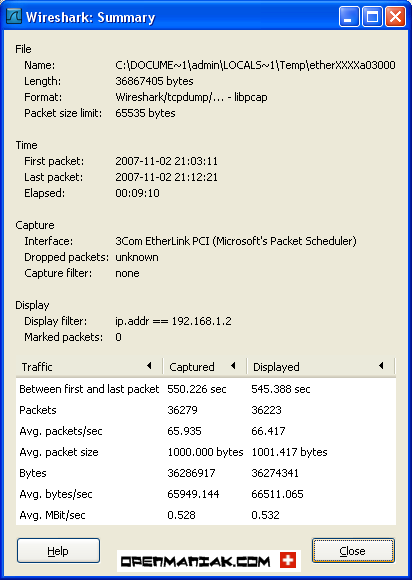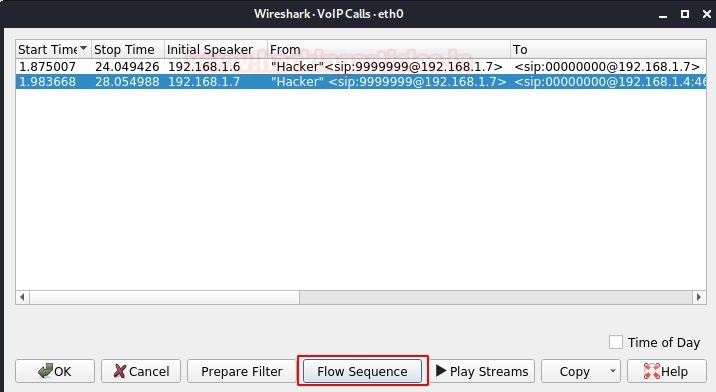

So without further preamble, I present … Virtuous Signalling What is SIP Intermediate level readers and above are encouraged to metaphorically point and laugh at my crude explanations and dumb mistakes.Īs stated in part 1 linked above, the end goal of the lecture series is to provide the casual user with enough tools to customize SIP headers beyond what is possible in the GUI, but that is still beyond the scope of today’s post. Unfortunately for the target reader of this post, you won’t have much experience debugging SIP nor enough of an understanding of the basics to even ask for help. If you spend your days looking at normal SIP dialogs, the occasional abnormal ones jump out at you. As is the case with most things, debugging SIP problems gets easier with experience. SIP is not simple, but it’s not rocket science either. I deal with SIP signalling issues almost every single work day, and what I know of SIP serves me well when I stay in my lane (the FreePBX ecosystem). I know SIP reasonably well, but do not consider myself an expert. This post is a very basic introduction to SIP with specific focus on SIP for FreePBX and Asterisk. We need to install some dependencies.Continuing from Hooking for fun and income In this case, pentesting experts use UDP port range 10000-20000 for video, voice, and RTP media stream channels.īefore starting the pentesting process, we need to add the Viproy-VoIP kit to our Metasploit. The standard RTP port is 16384 to 32767, these ports are used for SIP calls. RTP is used in communications and entertainment systems that contain streaming media, such as mobile apps and video or conferences. This is a network protocol for streaming audio and video.


The sender starts calling by sending a 180 response (Ring).5xx (web server cannot complete the request)Ī typical SIP interoperability structure consists of the following elements:.The general categories of response codes are shown below: We can understand the answers using the response code.

Requests from a SIP client are made through SIP URI and AGI through a user agent. According to pentesting specialists, the login protocol is ASCII-based and is very similar to the HTTP protocol in that it uses a request/response model. By default, SIP uses UDP/TCP port 5060 for uns encrypted traffic or 5061 for TLS encrypted traffic.Īs we’ll see later, there are Man-in-The-Middle (MiTM) attack vectors for VoIP implementations. SIP is an application layer protocol that uses UDP or TCP for traffic. According to pentesting experts, voice or video traffic is transmitted via Real-Time Protocol (RTP). Session Initiation Protocol (SIP) allows users to establish communications, terminate, or modify voice or video calls. Among the most important features of VoIP are:


 0 kommentar(er)
0 kommentar(er)
